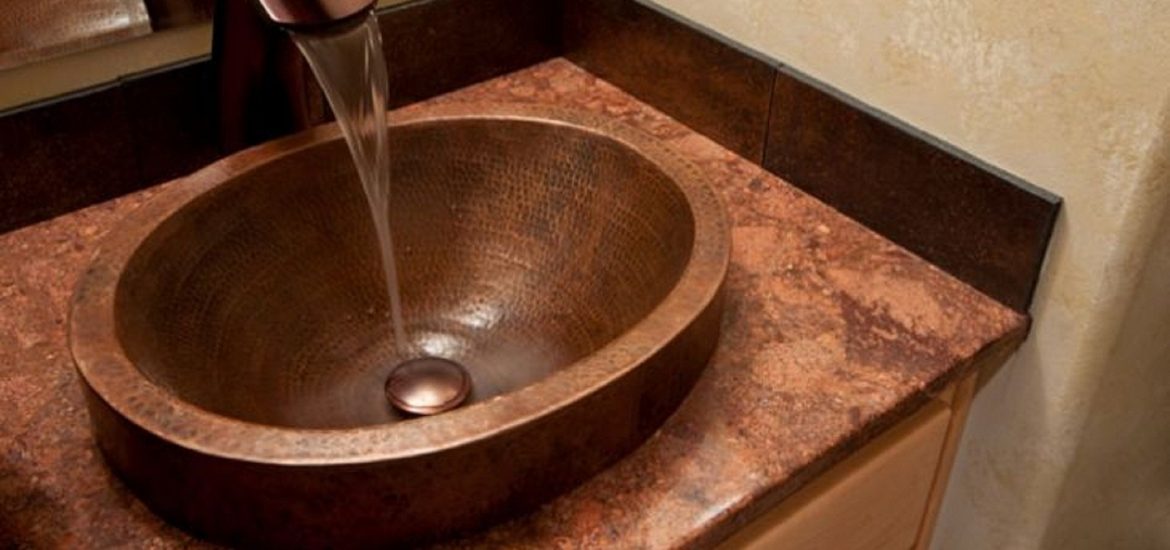Plumbing issues ca be easily overlooked even by veteran homeowners. Unlike a crack in the wall or the roof virtually falling over you, plumbing problems are often missed or put off until indefinitely the damages are worse than they would have been if the problem had been handled immediately.
Plumbing is not rocket science, and with some dedication and effort, you can develop a level of skill and confidence that will enable you to nip every plumbing issue in the bud. In this article, we will focus on the essentials of sewer rodding and the basic tools for a home repair.
But before we start, if you want an additional resource on sewer rodding, sewer blockages, and sewer piping check the linked article written by The Plumbing Info experts. There you will find expert advice on rodding techniques, thorough info on the types of drain cleaning equipment, and the best diagnostic tools that professional plumbers use in their work.
Sewer Rodding and Other Types of Drain Cleaning Equipment
Contrary to popular belief, the term ‘’sewer rodder’’ does not describe a specific device. The term is used to describe any semi-rigid cable that, when inserted into a sewer line or drain, is capable of either pushing the blockage out of the pipe or pulling it out. There are many types of sewer rodders, but they all share the same main function: keeping the plumbing system in shape. Let us now take a look at different types of rods and how they are used by professional plumbers and savvy home owners.
First off, let us talk about the toilet auger or plumbing snake, which is one of the most useful plumbing tools that a homeowner should own. A typical water closet auger features a spring cable having a self-feeding auger head at one end, and a handle on the other. When a closet auger cable is inserted into a toilet drain, it can destroy a toilet obstruction or clog manually. It is a simple and efficient tool, great for handling most common toilet problems.
Another basic type of sewer rods is the flat rod or flat drain snake. In fact, this is exactly how most people picture a sewer rodder. It is designed as a coil of slightly rigid flat spring steel, featuring a ball or a plug at one end. Blockages are cleared by pushing the rod through the drains or sewer lines until the obstruction disintegrates. In terms of size, flat sewer rods vary, but most of them do not exceed 100 feet in length. However, they come with some design limitations:
- Because of their rigidity, they can’t handle corners very well.
- Some types of blockages can’t be handled for the same reason.
- Another element that makes a flat drain snake very ineffective at eliminating some blockages is its universal-head design.
Other less common, but equally useful types of sewer rodders are:
- The power sink auger – a rodder used to clear blockages in drain lines that measure less than 2“ in diameter.
- Grappler hooks – used for retrieving solid objects and debris from pipes. These are especially useful for clearing out roof drains.
Types of Rodder Heads
A sewer rod is only as good as the head that it supports, as different types of heads allow plumbers to carry out a wider range of tasks. Here are some useful rod heads suited for various types of blockages:
- Drop head auger. Even though it looks like a spring with a metal ball attached to it, it can be easily rotated inside a pipe. It is mainly used in tight sewer lines with unusual angle orientation.
- Spear cutters, also called space cutters, are used to cut through thick deposits such as scale and lime.
- Spiral cutters can be used to cut through leaves, cloth, and tree roots.
- Retrieval augers are perfect for recuperating cables or heads that end up stuck in the drain lines.
- Saw Tooth Cutter – a sturdier and more advanced version of the standard spiral cutter, this one is attached to the back of the rod, which means it can be easily pulled through tree root pulp.
What Makes Sewer Rods Essential Tools?
Usually, the main reason sewer lines get clogged is the overgrown underground tree roots. Sadly, short of cutting down the trees, tree root infestation is a common issue that can be only kept in check. As trees grow, their roots go deeper and deeper into the ground, searching for a fresh source of water. When they reach the motherload of nutrients and water (your precious sewer line), things can get only worse.
One good way of solving this issue, without digging up the sewer line and replacing the piping, is to rod the sewer line. You can do that by adding a root cutter head to the top of a rodding machine and drilling a small hole in the tree root blockage. If the technician manages to poke the said hole, the next step is increasing its size until the space is clear again.
Conclusion
This has been a brief guide that is designed to teach you the basics of sewer rodding and which rodding tools solve which plumbing issues caused by blockages. To manage and prevent the most common plumbing issues, all homeowners should have at least two types of rodders at hand.

